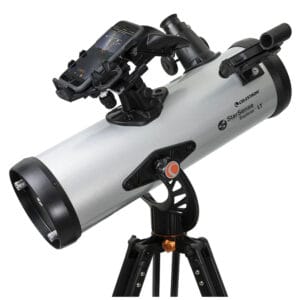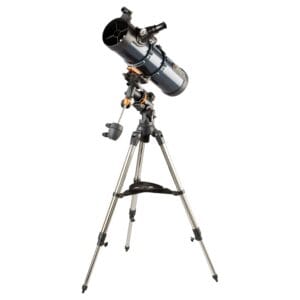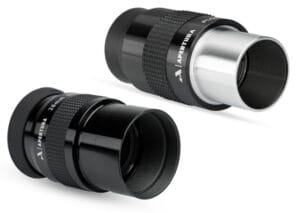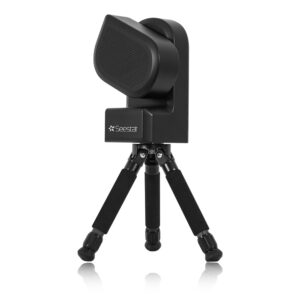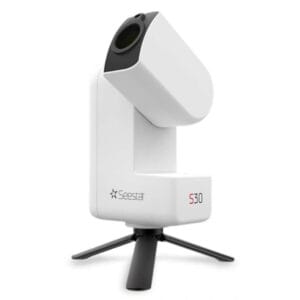A well-maintained telescope makes the difference between a clear viewing experience and a blurry image. Regular care not only extends the lifespan of your telescope but also ensures optimal performance during each observation. In this guide, we share practical maintenance tips to keep your telescope in top condition.
Why is Telescope Maintenance Important?
Telescopes are sensitive instruments that provide accuracy and clarity when observing stars, planets, and deep-sky objects. Dirt, dust, and improper storage can affect image quality and reduce your telescope’s lifespan. Regular maintenance ensures clear images, prevents wear, and ensures that the optical elements continue to function properly.
1. Protect the Optics from Dust and Dirt
Dust and dirt are your telescope’s biggest enemies. Here are some tips to protect the optics:
- Always use lens caps when the telescope is not in use.
- Store the telescope in a dust-free environment or consider a protective case for extra safety during transport.
- Avoid exposure to moisture, as this can cause fungal growth on the lenses.
2. Clean the Lenses Carefully
Lenses are sensitive, so only use specially designed cleaning solutions and soft microfiber cloths to clean them. Avoid rough cloths and harsh cleaning agents that can cause scratches. Follow these steps for the best results:
- First blow away dust and dirt with an air blower to prevent scratches.
- Use a soft microfiber cloth and a special lens cleaner for telescopes.
- Never make circular motions but wipe carefully in straight lines.
3. Check and Maintain the Mount
Your telescope’s mount ensures it stands stable and is easy to move. Regular maintenance is important to ensure smooth movement and stability:
- Lubricate moving parts such as gears and axles to prevent wear.
- Check if the mount is firmly secured and adjust if necessary.
- Test all knobs and screws for looseness and tighten where needed.
4. Provide a Suitable Storage Location
Telescopes benefit from a dry and dust-free environment. Store your telescope in a place where it’s protected from temperature fluctuations, as these can disrupt the optical system. A sturdy case or bag is ideal for protection against dust and minor impacts during transport.
5. Maintain Accessories Regularly
Accessories like eyepieces, filters, and diagonals also deserve attention. Regular cleaning prevents dirt buildup and ensures these components continue to perform optimally. Use the same cleaning solutions and methods as for the lenses.
6. Avoid Touching the Optics with your Fingers
Fingerprints can be difficult to remove and leave grease marks on the lenses. Never touch the lenses or mirrors directly and use lens caps when the telescope is not in use.
7. Check your Telescope Annually
Take time each year to thoroughly inspect your telescope. Check if any parts need repair or replacement and look for mold or other problems that may have developed. This inspection helps identify and address problems early.
Extra Tips for Telescope Maintenance
- Use a protective case for transport to prevent parts from shifting or getting damaged.
- Avoid sudden temperature changes. Move your telescope gradually from cold to warm spaces to prevent condensation.
- Let the telescope acclimate to the outdoor air before starting observations. This prevents temperature differences from affecting your image quality.
With these simple maintenance tips, you’ll enjoy your telescope longer and prevent unnecessary wear. Regular maintenance is the key to clear and sharp images and ensures your telescope will last for years. Happy stargazing!

